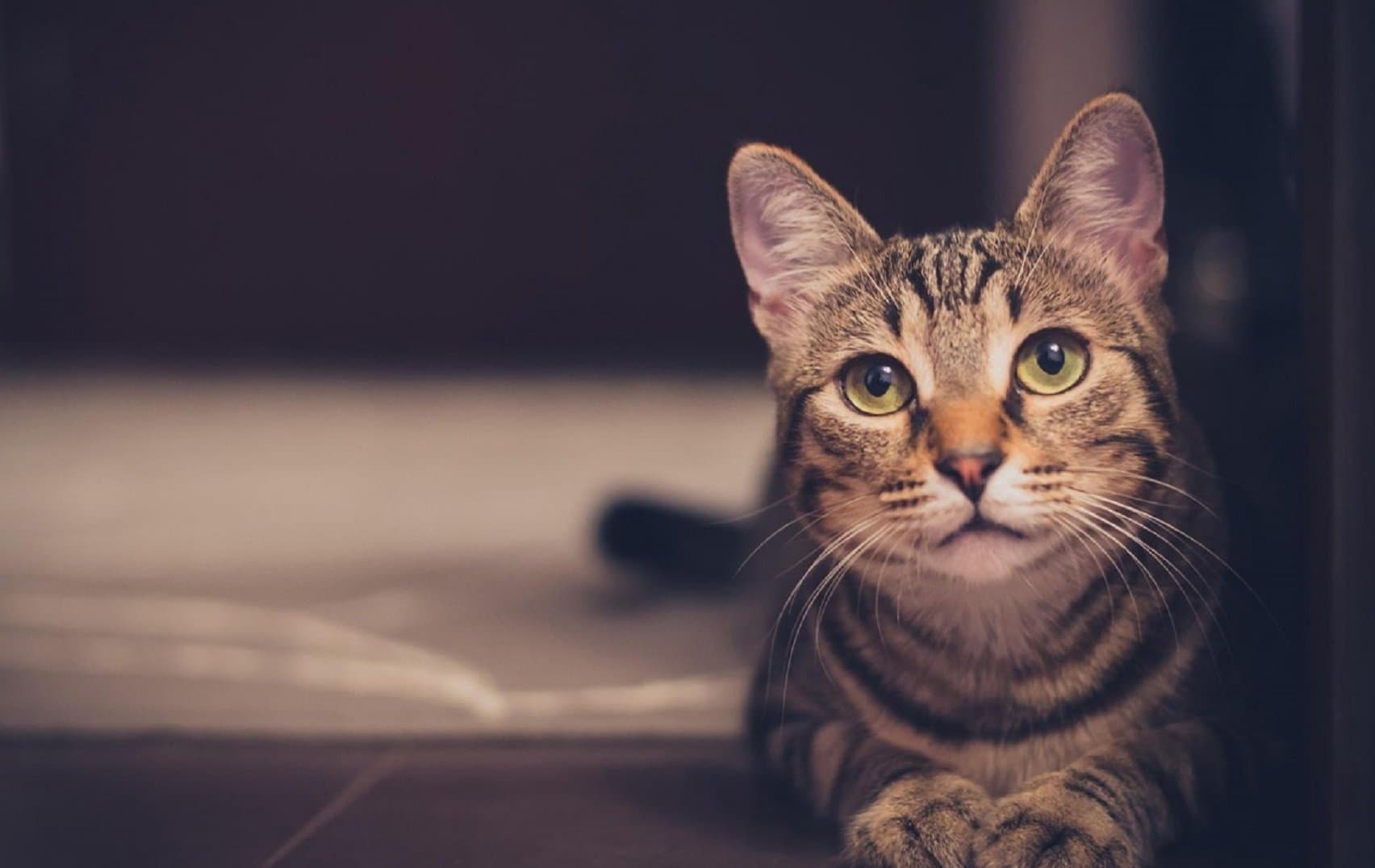Feline infectious peritonitis (FIP) is a rare and progressive disease caused by feline coronavirus (FCoV). Most strains of this virus are avirulent, meaning they don't actually cause the disease. These strains are marked as feline enteric coronavirus (FECV).
In 5-10% of infected cats, however, the infection will progress into clinical FIP. This virus is then referred to as feline infectious peritonitis virus (FIPV). Once clinical FIP develops, it almost always has a fatal destiny.
Background Information
FIP is associated with a viral infection caused by a feline coronavirus (FCoV). There are many different strains of FCoV, which all have different abilities to cause the disease.
Feline enteric coronavirus strains (FECV) are mainly confined to the gastrointestinal tract and are essentially harmless and cause either asymptomatic infections or diarrhea. However, this strain can mutate into feline infectious peritonitis virus (FIPV), a strain which can replicate in monocytes and cause the FIP.
Monocytes are a type of leukocytes, or white blood cells, which can differentiate into macrophages or dendritic cells. They are involved in the immune response via phagocytosis, antigen presentation, and cytokine production. FIPV is capable of infecting monocytes and replicating in them, these cells transport the virus throughout the cat's body and help the progression of the infection.
Out of all the cats infected with any of the FCoV strains, only about 5-10% of them will actually develop FIP.

Causes
FIP is caused by FCoV. The virus is most commonly spread through the fecal-oral route, although the virus can also spread through bodily fluids. About one-third of infected cats shed the virus in their feces. In most cases, the virus is shed for only a few months post-infection, but some cats (app.13%) will shed the virus for life.
Since most strains of FCoV are harmless, many infected cats will be capable of spreading the infection without showing any clinical signs of FIP. It was estimated that about 80-90% of cats in multi-cat environments and about 50% of cats in single-cat households will be infected by at least one of the FCoV strains.
Only a small fraction of infected cats will end up developing the disease, which is largely affected by the virulence of the strain, the immune system of the cat, and the cat's overall health status. It is believed that cats of a younger age are more susceptible to FIP development, as well as certain breeds such as the Abyssinian, Bengal, Birman, Himalayan, Ragdoll, and Devon Rex.
Symptoms and Diagnosis
Most infected cats are able to develop an adequate immune response to FCoV which protects them from the disease. Sadly, the small fraction of the cats who do develop FIP typically die. The very first signs of the FIP disease involve lethargy, lack of appetite and fever.
When the disease has progressed, some cats can either develop a "wet" or effusive form of FIP or a "dry" or non-effusive form of FIP. Wet FIP includes fluid accumulation in body cavities (i.e. abdomen and chest cavity). Dry FIP includes inflammation of a number of organs, including eyes, brain, liver and/or intestines.
Since the signs are vague and not very disease-specific, the diagnosis can be challenging. The harmless and disease-causing strains of FCoV are serologically indistinguishable which means that the blood tests can only be used to support the diagnosis, but not to conclude it. A negative blood test rules out FIP, but a positive result cannot be used as a reliable prediction of FIP development.
Typically, FIP diagnosis is achieved through a diagnosis of exclusion (by ruling out any other possible conditions) and histological analysis. Lately, RT-PCR (reverse-transcriptase polymerase chain reaction) can be used for the determination of viral RNA and the diagnosis of effusive FIP.

Treatment and Prognosis
Currently, there are no specific treatments available for FIP. Anti-inflammatory drugs (i.e. corticosteroids) can be used to temporarily control the symptoms, but the disease is almost always fatal. This is why in many clinical cases, euthanasia may be the only humane option.
There are currently no vaccinations generally recommended, but there is an intra-nasal FIP vaccine available which may be helpful in the prevention of FIP. Its use is still controversial, though a number of studies have shown both successful and unsuccessful results. Your veterinarian can help you determine your cat's risk factors and whether vaccination would be appropriate for your cat.
Since the rate of infection is higher in multiple-cat environments, the best preventative method is keeping all the cats as healthy as possible and their space as clean as possible. The virus is largely spread via feces, therefore it is important to keep the litter boxes clean and far away from food and water. The cats which are suspected of being infected should be kept separated from the non-infected cats.

FIP is a serious viral disease. Its development is unusual and largely influenced by the virulence of the viral strain and the cat's immune status. Although many infected cats don't end up developing the disease, the cases of FIP that do develop are typically fatal.
Bibliography:
1. Feline Infectious Peritonitis by Ernest Ward, DVM from VCA.
2. Feline Infectious Peritonitis by Cornell Feline Health Center.
3. Feline Infectious Peritonitis by Wikipedia.



